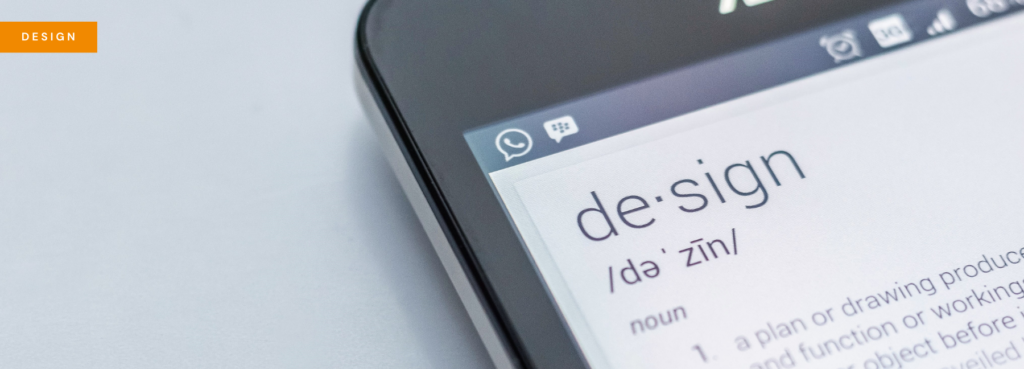Content vs. Design: a tug of war?

Working in ELT, Content and Design should have a symbiotic relationship. The design supports the content and the content works effortlessly within the parameters of the design. So why does it sometimes feel like a battleground, with both sides vying for a prominent space on the hill?
In my time as a designer, I think I’ve seen the full gamut of projects. Some fall seamlessly onto the page, flying through production with ease, whereas others feel like you’re putting together a jigsaw where half the pieces are missing, and the other half are from a different puzzle altogether.
The latter causes stress all round and can often be avoided by a little bit of forward planning, early intervention, and some deft decision-making. I’ve put together 5 tips for publishers on how to avoid unnecessary stress and additional costs once your manuscript hits the page:
1. Start your working model before the book is written
‘How can you design a book without content?’, I hear you cry. However, I’ve found that those projects where designers are involved from conception have the opportunity to develop bespoke features and structural ideas that can play into the content in unique and interesting ways. There are so many ways to learn, mix up the structure and try something different!
2. Write to a word count
Although it’s true that we designers do have a secret stash of ‘design magic’ up our sleeves, and can seemingly make space out of thin air, in reality, there’s only so much we can do. More often than not, it’s overmatter that means all those lovely features you spent ages perfecting get squashed, simplified, or even removed just to make space for a few more lines. Squeezing in an extra exercise here, or a photo there, always comes at the expense of something else.
(One caveat, if you’re writing about the Welsh town of Llanfairpwllgwyngyllgogerychwyrndrobwllllantysiliogogogoch, then obviously your word count is going out the window!)
3. Don’t water down your USP
Design features are always the first to go when space is an issue. I’ve worked on many books where great features are slowly eroded and in the end, the book looks exactly the same as all the others! Can changes be made elsewhere to keep these in play? What kind of book will your end-user prefer to see?
4. Trust your design team
You’ve hired your designers to produce great design. Of course, change what needs to be changed from a pedagogical point of view, but there’s probably a reason your designer chose that colour/font/layout/photo treatment. It came from years of experience and much trial and error on the page before they found that perfect balance. Constructive feedback is always welcome to find the best solution for a problem layout, but if that feedback is based on personal preference then we could make changes forever! Keep the end-user in mind and always ask, ‘Does this work for them?’
5. Move the goalposts
Oh, scheduling! Even with the best will in the world, we know things are not going to run to plan all the time. Factor this in at the start and leave plenty of contingency before your book goes to press. One of the most challenging pressures designers, editors and publishers face is making reams of global changes when multiple books are in production. It’s almost impossible to keep track and ultimately leads to inconsistencies and high costs, as each component plays catch-up with the level before. If you can see a project heading this way, is there time to pause production on later levels to get the first one signed off? For designers, it’s far easier to make changes during the type-styling stage than it is once the content is on the page and split across multiple documents.
We know that creating educational resources is an ever-changing, frustrating, elating, and rewarding challenge. Once you have the finished product in your hand, it’s easy to forget the obstacles we had to overcome to get us there. For once though, wouldn’t it be nice to not have any?
Kristina Bullen is Design Manager at emc design. After freelancing for several years as both illustrator and designer, Kristina joined emc in 2014. While immersing herself in the creation of quality educational resources for their clients, Kristina’s passion for design also extends to a range of outreach projects. For the past year in particular, Kristina has been visiting universities around the country, delivering talks and portfolio reviews for aspiring young designers and promoting careers in editorial production.
In her free time, Kristina also runs the Circus of Illustration – a group of Bedford-based artists and designers responsible for a range of pop-up events, exhibitions and workshops aiming to encourage drawing in their hometown.




